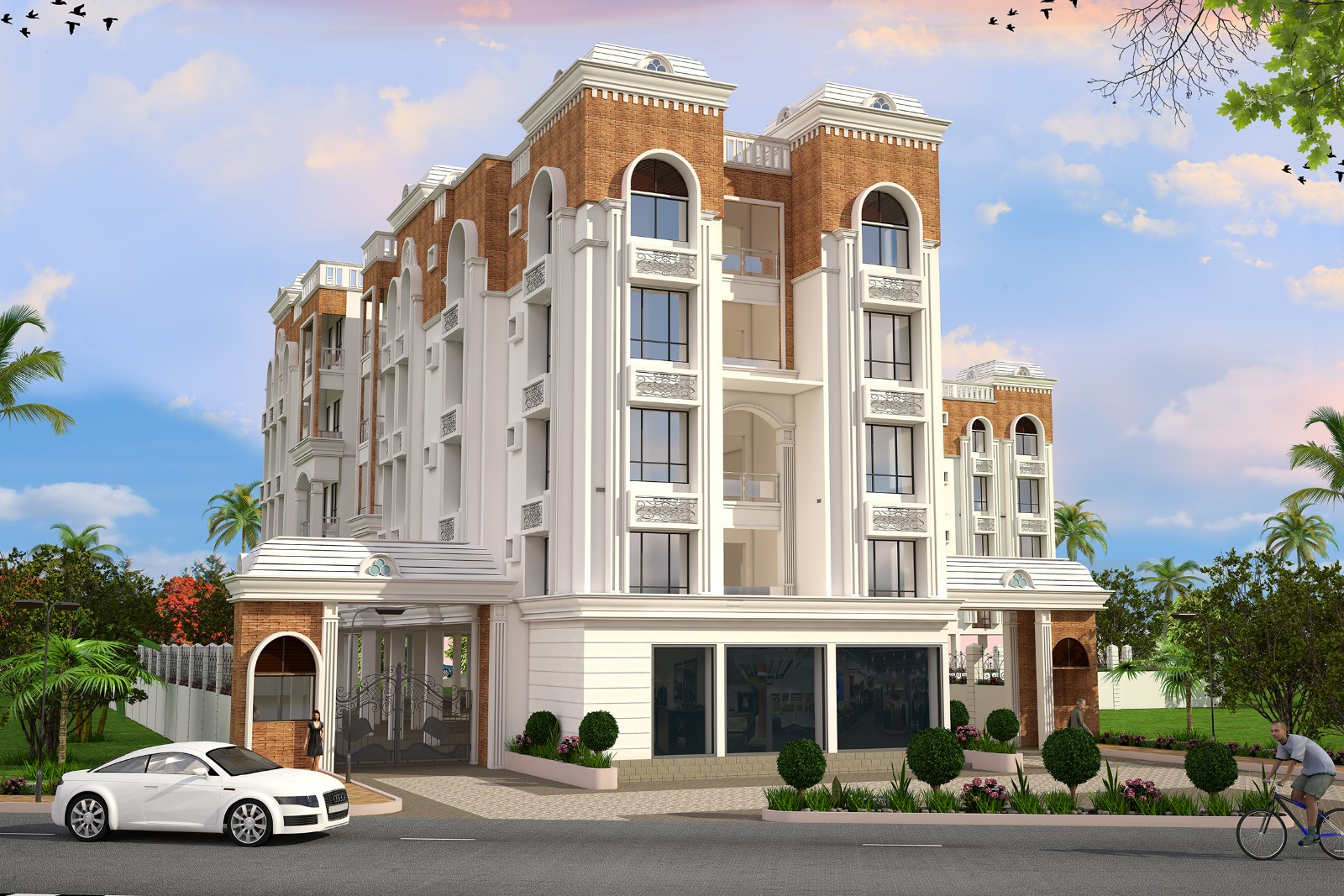Ready To Move In Apartments vs Ongoing Construction
Buying a flat is a lifetime decision; most buyers get divided between a ready and under-construction property. Both types of property serve different purposes and intents with varied tax implications. So, the buyers need to know the advantages and disadvantages to make an informed decision. In today’s detailed post, we will inform you about the pros and cons of the ready to move apartments and under-construction apartments. So, let’s get into the article, and if you want real-time assistance for the best Ready to Move Apartments, connect with Vinayak Realtech at any time.
Ready To Move Apartments: Advantages of an Under-construction Property:
1. Price Point:
An under-construction property will cost you 10-30% lower than the ready-to-move one. If factors such as location, amenities, property size, and builder are the same, a ready-to-move house is likely to cost more than an under-construction one.
2. RERA Compliance:
Any property with an Occupation Certificate (OC) as of 1 May 2017, must be mandatorily registered under the respective State’s Real Estate Regulatory Authority (RERA). Naturally, the under-construction properties come under RERA.
For a buyer, it is like a weapon. One can gather all the necessary information about the property from the State’s RERA website and can get legal help if there comes any issue.
Ready To Move Apartments: Advantages of Ready-to-move Property:
1. Urgency:
Ready-to-move apartments are ideal if you have an emergency. With a ready apartment, there are no delays – possession is immediate.
2. No Extra Burden:
When you book an under-construction apartment, you have to wait for the property. During this period, either you have to stay in a rental house or in your own home. This doubles the burden on the home buyer. The buyer needs to pay the rent and the installment of the new home.
3. Free from GST Implication:
If you buy an under-construction property you have to pay Goods and Services Tax aka GST. The percentage of this tax is 5% on the property value. This also adds a burden on the buyer. However, you will not be required to pay any extra tax for the ready-to-move flats.
4. You Get What You Want:
In the case of ready-to-move properties, you get what you see directly. You visit the property and you can buy or rent it. As the work gets completed before your visit, there are fewer chances of any discrepancies between the claim and the actual product.
Disadvantages of an under-construction property
1. Tension Regarding Possession Time:
When you book an under-construction property, you must wait for ownership. However, many times, the builders delay to transfer of ownership or fail to complete the project. This can be attributed to various reasons such as lack of funding, a rise in the cost of construction materials, and an increase in lending rates, among others.
So, if you are buying an under-construction property, it is obvious that you will have tension. To take control of this, you must choose a reputed and established builder. They have a significant amount of capital to carry on projects under any circumstances and also they try their best to keep up the reputation for the sake of customer retention.
So, there a fewer chances of getting scammed.
2. Discrepancies in the Final Product:
One of the biggest problems of buying under-construction property is getting scammed on the final product. Many builders don’t provide the amenities they promised initially. Also, they change the whole layout. This creates disappointment and a dispute between the builder and the buyer.
However, reputed builders never do this. No matter what they try their best to keep their word to maintain their reputation and consumer satisfaction.
3. GST:
Under-construction properties are required to pay GST (Goods and Services Tax). This adds a burden on the buyers. While one percent GST is payable on affordable homes priced under Rs 45 lakh, it is charged at five percent in the case of properties priced above Rs 45 lakh.
It is important to mention that, there are a lot more other taxes such as stamp duty, registration charges, etc. So, the final prices get doubled.
5. Fear of Market Changes:
Buyers have to wait a significant amount of time to get possession of the under-construction property. During this period, the market can get change, the prices may rise. The government can introduce new rules and regulations that can increase the issues for the buyer.
In a nutshell, waiting can be risky for the buyer overall.
Disadvantages of a ready-to-move-in property
1. Higher Prices:
You have to pay an extra amount for the ready-to-move houses. Even if the amenities, location, and builder are the same, you have to pay an extra amount for these properties.
2. Lesser Freedom:
When you buy a read-to-move property, you have to take whatever the builder is offering you. You can’t choose the tiles or flooring according to you. However, you can change the interior after buying it.
3. Quality of Construction:
When you buy an under-construction property, you get the chance to examine the quality of the construction. Additionally, buying a ready unit might not always ensure you a brand-new home. If the property is not properly maintained there are chances of facing issues such as seepage, damaged walls, rusted iron fixtures, and so on.
4. RERA Implications:
If the property is constructed before 1 May 2016, the RERA implication is not mandatory. So, naturally, the builder is not liable to put all the information on the public platform. This raises concerns related to grievance redressal and accountability of the seller in case of any discrepancies.
FAQs:
Should I buy a ready-to-move apartment?
If you have to move out urgently, you can buy a ready-to-move apartment. However, please note that it will cost you more than the under-construction one.
Ready-to-move or under-construction: which one is better?
Both types of properties have their own pros and cons. You can invest in an under-construction one if you have time. However, in both cases, go for only reputed builders. Otherwise, there are chances of getting scammed.
Are home loan interest rates the same for ready and under-construction properties?
Yes, irrespective of the property type the interest rate is the same. However, if you go for the under-construction one, you have to pay rent and EMI both.
Can I change the interiors of a ready-to-move property?
Yes, you can. However, you can do that only after buying the property.
Wrapping-up:
Ready-to-move and under-construction property, both have their own pros and cons. Homebuyers must evaluate factors like cost differences, payment schedule, possession time, customization, quality of construction, and resale value of both options before the investment. The property type solely depends on the needs of the buyer. However, in any case, one should rely on the reputed builders only to avoid further problems.














Leave a Reply